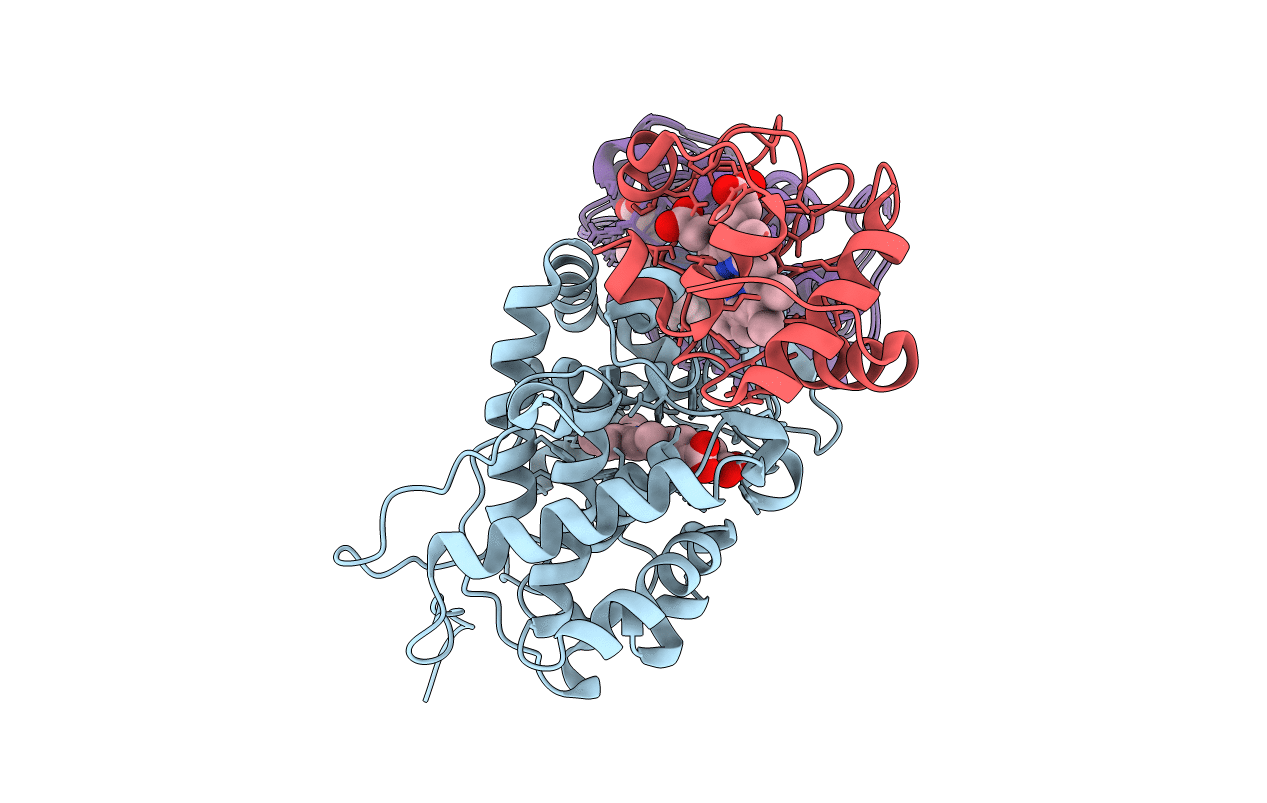
Deposition Date
2015-03-24
Release Date
2015-05-13
Last Version Date
2024-10-09
Entry Detail
PDB ID:
2N18
Keywords:
Title:
Dominant form of the low-affinity complex of yeast cytochrome c and cytochrome c peroxidase
Biological Source:
Source Organism:
Saccharomyces cerevisiae (Taxon ID: 559292)
Host Organism:
Method Details:
Experimental Method:
Conformers Calculated:
100
Conformers Submitted:
15
Selection Criteria:
structures with the lowest energy


